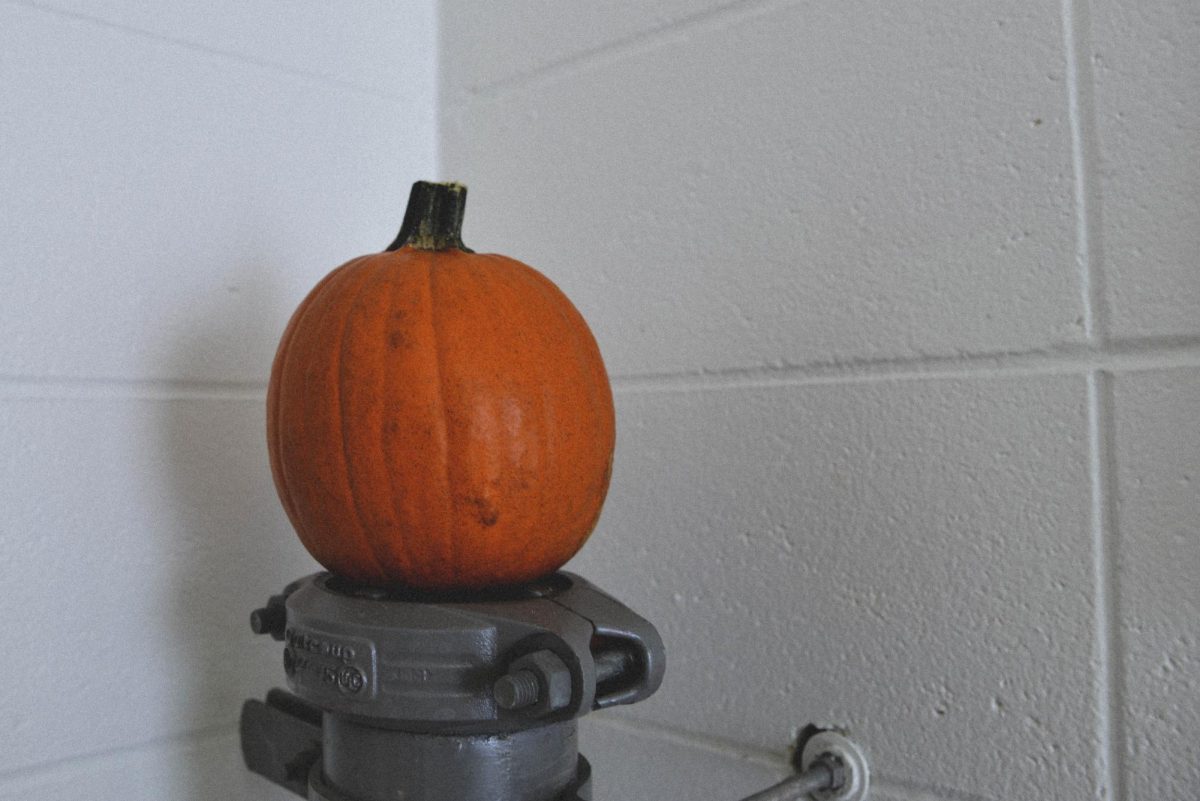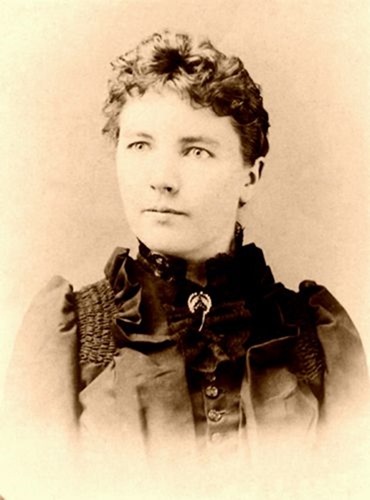Once January hits, the cold weather is usually in full swing. But this year, things seem to be taking a different route. Throughout the nation, cities have been reporting record breaking high temperatures. St. Louis has already reported a high of sixty six degrees Fahrenheit. This is ten to twenty degrees above the average in St. Louis. Reports say this warm weather is due to the La Nina event which is affecting the regular pattern. La Nina is when temperatures in the central and eastern tropical Pacific Ocean are impacted globally due to cooler than usual sea surface temperatures
“The general pattern will continue to be dominated by the current La Nina event, which favors below-average temperatures across most of the northern and western U.S., and above-average temperatures across most of the South,” WSI Chief Meteorologist Dr. Todd Crawford of weather.com said.
This has resulted in warmer temperatures than usual. As the season progresses, the temperature is to get higher but still remain lower than the average. The precipitation levels are to be lower than the average. The coldest periods are to be mid-January and mid-February and the likeness of snowfall is to fall between late February and early March.
“For the January – March period, we still feel that below-normal temperatures will occur north of an El Paso – Washington, D.C. line. However, from a (natural) gas-demand perspective, we expect the January-March period to be the mildest in the U.S. since 2006.” Crawford said.








